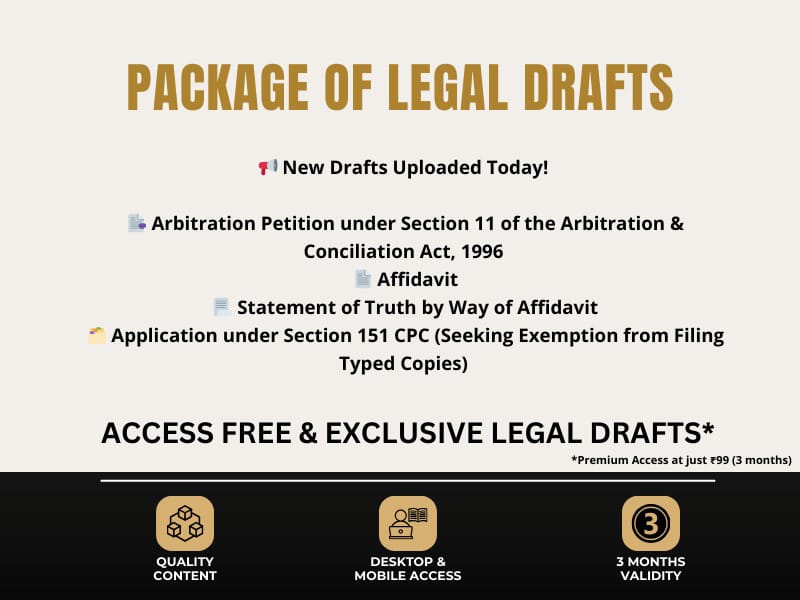Nithyakalyani Narayanan
The role of the media in the 21st century is tremendously significant. A day without social media is not acceptable for a majority of people. Social media has become a part of life for people of all ages and different backgrounds. From providing information to entertaining people, the media has an immense power to shape the minds of the viewers, which constitutes a major population of the society. Media law determines what can be published and be broadcasted. Censorship, privacy, intellectual property, defamation tort, etc, come under media law; it is a combination of multiple laws and ethics which is an important element for the media industry and journalism. The law draws a line on how the journalists must work, how the companies and organizations must operate, and what is to be published.
In India, there was no such restriction on media until the British Government started constraining the newspapers. In 1780, James Augustus Hicky started Hicky’s Bengal Gazette, the first newspaper in India. In 1872, it was seized as it questioned the functioning of the government. The Company introduced the Gagging Act for the license to run or own a printing press. They strictly refrained their workers from maintaining a connection with the press. After attaining Independence, more rules and regulations have been enacted and the old ones amended for the new formed territory.
The Constitution of India does not have a provision specifically for freedom of media. But Article 19 (1) (A), which grants the freedom of speech and expression, is a provision for mass media. Article 19 (2) of the Constitution also imposes certain ‘reasonable’ restrictions to the freedom of media. Media has no special right that is deprived of the commoners. The editors and journalists of the agencies are after all citizens of the country and are utilizing their right to expression through a medium.
The Ministry of Electronics and Information Technology has announced the Information Technology (Intermediary Guidelines and Digital Media Ethics Code) Rules, 2021. These new rules deal with the provisions of social media, over-the-top (OTT) platforms, and digital news. The rules seek to provide conformity of law and a problem-solving mechanism for users of social media platforms, messaging applications, streaming services, and digital news publishers. The Government is doing it so as to control hate speech which spreads through the platforms and threatens national security. Recently, the Foundation for Independent Journalism, the publisher of social media platform ‘The Wire’, filed a petition regarding the Information Technology Rules. The petition pleaded the IT Rules as being ‘ultra vires’ of the IT Act, 2000 as they set up a classification of ‘publishers of news and current affairs content' as a section of ‘digital media’.[1]
The Press Council is an authority created by the Press Council Act of 1978. It is the apex authority for the regulation of print media in India. They define and determine the standards of media. They resolve complaints and cases regarding the press for violating ethics and freedom of the press. An editor or a journalist of an agency can complain to the PCI about any professional misconduct or violation of journalistic ethics by another editor or journalist. But their power is restricted on the print media and has no power to enforce the rules and regulations on electronic radio, ie, television, radio, social media, etc. [2]
Media ethics is a subsection of applied ethics that deals with ethical principles and media standards. Being ethical does not mean being passive, but being dynamic. They criticize the government society constructively to make them better. Journalists, reporters, and news providing agencies are accountable not only to their convictions but also to their viewers and readers. They have a responsibility that is binding via contract to the media and their organization. They have a social responsibility to the public regarding the authenticity of the content they provide. The content providers have a responsibility to comply with the legal system of their nation along with respecting the international public by respecting the universal laws.
The main objective of journalism is to provide news and information to society on matters of public interest in a just, accurate, unbiased, appropriate manner. Publicizing wrong, inaccurate, misleading content should be avoided. Newspapers must not publish any defamatory or libelous content against any person or organization unless, after proper research and checking, have sufficient reason to believe that it is fact and that publication of the content will be for the public good. Intruding or invading the privacy of an individual is not acceptable unless it is outweighed by genuine public interest. The private life, even of a public figure is intimate. Exposing and/or invading their privacy is not acceptable unless there are proper reasons to believe that it is a fact. Regarding communal disputes and riots, provocative and rousing headlines should be avoided. Headlines must justify the content printed under it and headlines containing claims should either identify the source or at least carry quotation marks. While reporting issues that involve crimes like rape, abduction, or sexual assault on children, that raise doubts regarding the chastity, character, and privacy of women, the names, photographs, or the victims or other particulars leading to their identity should not be published. As publicizing those details serves no legitimate purpose, it may bring social exclusion to the victim and social embarrassment to their relations, family, friends, community, religious order, or the institution to which they belong.
[1] https://www.drishtiias.com/daily-updates/daily-news-analysis/new-it-rules-2021
[2] https://presscouncil.nic.in/Content/29_3_History.aspx
Disclaimer: The views and opinions expressed in the articles on this website are those of the authors and do not necessarily reflect or represent the views and opinions held by the website owner.


